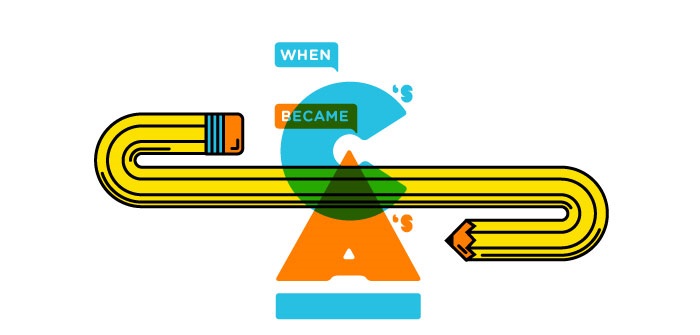There is a huge amount of debate swirling over the issue of higher education right now, touching on nearly every aspect of our college and university model. One of the most popular arguments is over the quality of the average student’s education.
Recent studies have suggested that students often don’t learn much over the course of their four-year college experience, scoring the same on critical thinking tests at graduation as they did as freshmen. Other studies have pointed to the fact that many employers as dissatisfied with the caliber of graduate our universities have been churning out.
But here’s the thing: by all objective measures, the current generation’s graduates are exceptional. A’s account for an astounding 45% of the grades handed out in college classrooms these days. This seems like an incredible accomplishment; but where are all the news articles celebrating the smartest students of all time?
The answer is that the giant proportion of A’s being doled out isn’t due to bright students – it’s all a result of a severe trend in grade inflation that has been increasing in scale over the last half-century. Whereas C’s accounted for the bulk of grades in the 1960s, they represent a meager 15% now. The tried-and-true bell curve has been replaced by a steep hill. And before you guess that students must just be working harder, get this: students actually spend 13 hours less per week on academic activity than they did in 1960.
If grade inflation is really the culprit in this striking trend – and all scientific evidence indicates that it is – one might be inclined to wonder why this is happening. It’s not totally clear what is causing it, but it is clear what’s not: students being smarter, or studying harder. And when master’s and doctoral degree programs are overwhelmed by a flood of straight A applicants – few of which are actually good students – the admissions process becomes extremely problematic.


